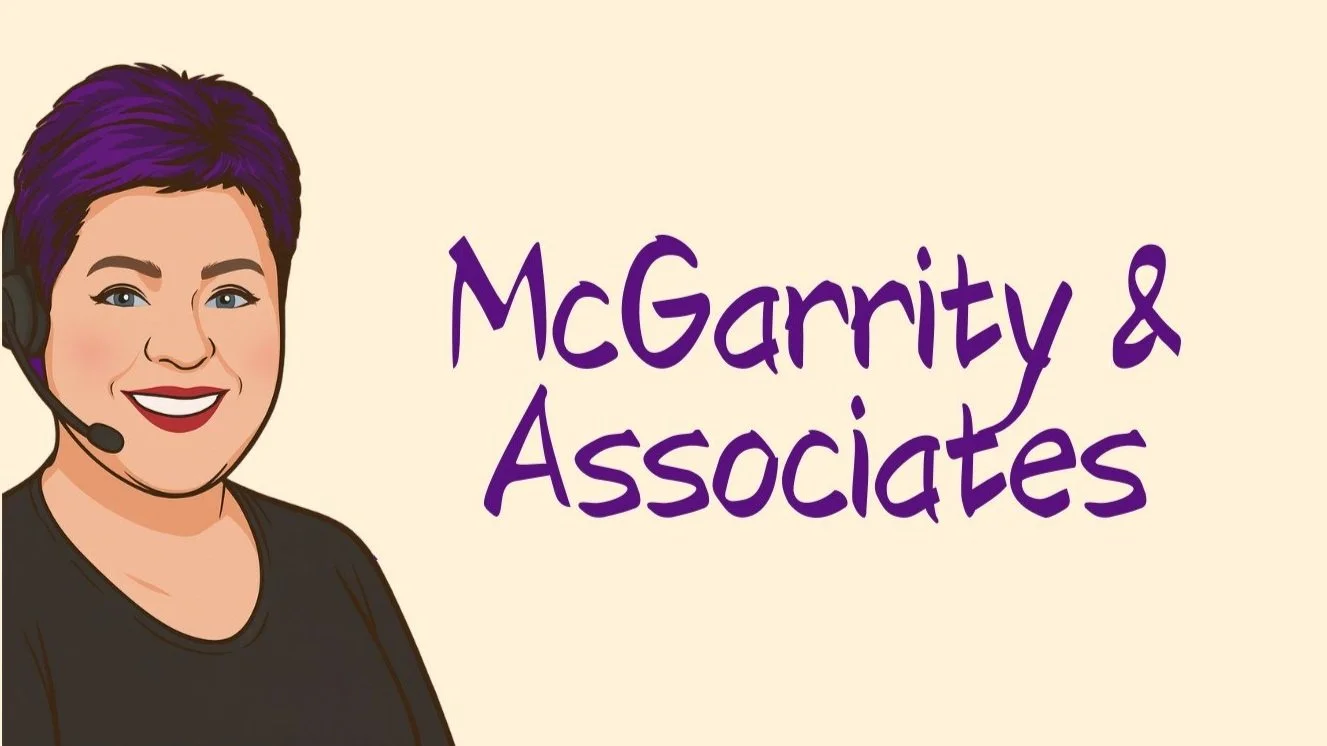How to Pick the Right Health Insurance Plan: Costs, Networks, and Coverage
The Annual Ritual of Confusion
Every year around this time, people open their Marketplace or employer emails and think:
“Why does this feel like taking the SAT, but with higher stakes?”
Health insurance season, a.k.a. Open Enrollment, is confusing by design. Too many plans, too many acronyms, and too many numbers that all claim to “save you money.”
So let’s make this simple: I’ll show you how to actually pick a health plan that fits your life, your budget, and your brain capacity.
No spreadsheets required (unless you’re into that kind of thing).
🩺 Step 1: Know What You Actually Need
Before you even look at prices, take a minute to think about your real-world habits.
Health insurance is about risk, not optimism.
Ask yourself:
How often do you visit the doctor?
Do you take regular prescriptions?
Any upcoming surgeries, pregnancies, or mental health needs?
How much could you realistically pay in an emergency?
👉 If you rarely go to the doctor and have no chronic conditions, you can often save with a higher-deductible plan.
👉 If you have ongoing prescriptions, kids, or specialists, you want a plan that covers visits and meds before the deductible.
💬 Insured AF Tip:
You don’t need the “best” plan. You need the plan that fits your reality.
💸 Step 2: Understand How Plans Are Priced
Your monthly premium is just the cover charge. The real money is in what happens after you get care.
Here’s the rule of thumb:
Lower premium = higher deductible = good if you’re healthy and rarely use care.
Higher premium = lower deductible = good if you need predictable, ongoing care.
💬 Example:
Plan A: $300/month, $7,500 deductible
Plan B: $500/month, $1,500 deductible
If you only see the doctor twice a year, Plan A wins.
If you have a specialist or regular medication, Plan B saves you more long-term.
🧾 Step 3: Compare Networks and Coverage
Nothing’s worse than finding out your doctor doesn’t take your plan after you’ve paid for it.
Check your network first:
PPO: More flexible, bigger networks, usually pricier.
HMO: Lower cost, smaller network, referrals required.
EPO: Middle ground; no referrals, but limited providers.
💬 Insured AF Tip:
If your favorite doctor doesn’t take ACA plans, that’s a red flag to look at private options — sometimes they cost less and keep your preferred providers.
🔍 Step 4: Use the Summary of Benefits Like a Cheat Sheet
Every plan has a Summary of Benefits and Coverage (SBC) — it’s the decoder ring for your insurance.
Look for these three things:
1️⃣ Deductible → How much you pay first.
2️⃣ Out-of-Pocket Max → Your financial worst-case.
3️⃣ Coverage Examples → How much you pay for things like pregnancy, prescriptions, or emergencies.
Don’t just compare monthly premiums — compare total risk.
If you had a rough year medically, what’s the maximum you’d pay? That’s your real cost ceiling.
🚫 Step 5: Avoid the Common Mistakes
Here’s what I see every OEP season:
❌ Picking a plan just because the monthly premium is lower.
❌ Assuming “Silver” always means mid-tier quality (it doesn’t).
❌ Ignoring the prescription list — those can make or break your budget.
❌ Not updating income for Marketplace plans (hello, IRS repayment).
💬 Pro Tip: If you’re self-employed or your income fluctuates, it’s smarter to estimate high. That way, if you get a refund later, you win. Underestimate, and you could owe back your subsidy.
🧩 Step 6: Check What’s New This Year
Plans change every year. Even if you love your 2024 plan, the 2025 version could have:
Different deductibles or copays
A changed network
New pharmacy restrictions
Updated subsidies or state rules
It’s not about loyalty. It’s about staying informed.
A five-minute review could save you hundreds every month.
📑 Step 7: Use the Free “Pick Your Plan” PDF
To make this even easier, I built a simple PDF worksheet (grab it free below or from your email).
You can write down:
Your doctors and prescriptions
Your monthly and yearly costs for each plan
Your worst-case scenario (OOP Max)
Which plan fits your real life
💬 Download it here:
👉 [Insert link or email opt-in: “Download Your Plan Picker PDF”]
Use it before you enroll, and save yourself the panic-scroll through 50 plan names that all sound the same.
⚡ The Insured AF Reality Check
There’s no perfect health plan — there’s only the right plan for your situation.
The difference between “ugh, insurance” and “hey, that actually worked out” is knowing what you’re buying.
And that’s exactly what this season is about: being the prepared one, not the panicked one.
💥 Call to Action
If you’re comparing plans and feel like your brain’s buffering, message me.
I’ll walk you through your real options — Marketplace, private, or group — and help you pick what makes the most sense for your health and your wallet.
📘 Grab the book: The Health Insurance Solution — learn how to outsmart the system.
📓 Use the workbook: The Health Insurance Workbook — fill it in alongside your Plan Picker PDF.
Make this the year you actually understand your health insurance.
🧾 TL;DR
Know your real needs (doctor visits, prescriptions, emergencies).
Compare total costs, not just premiums.
Understand deductibles, networks, and OOP Max.
Avoid the “cheap plan” trap.
Use the free Plan Picker PDF before you enroll.
Message me for help — or grab the Insured AF book + workbook to do it like a pro.



